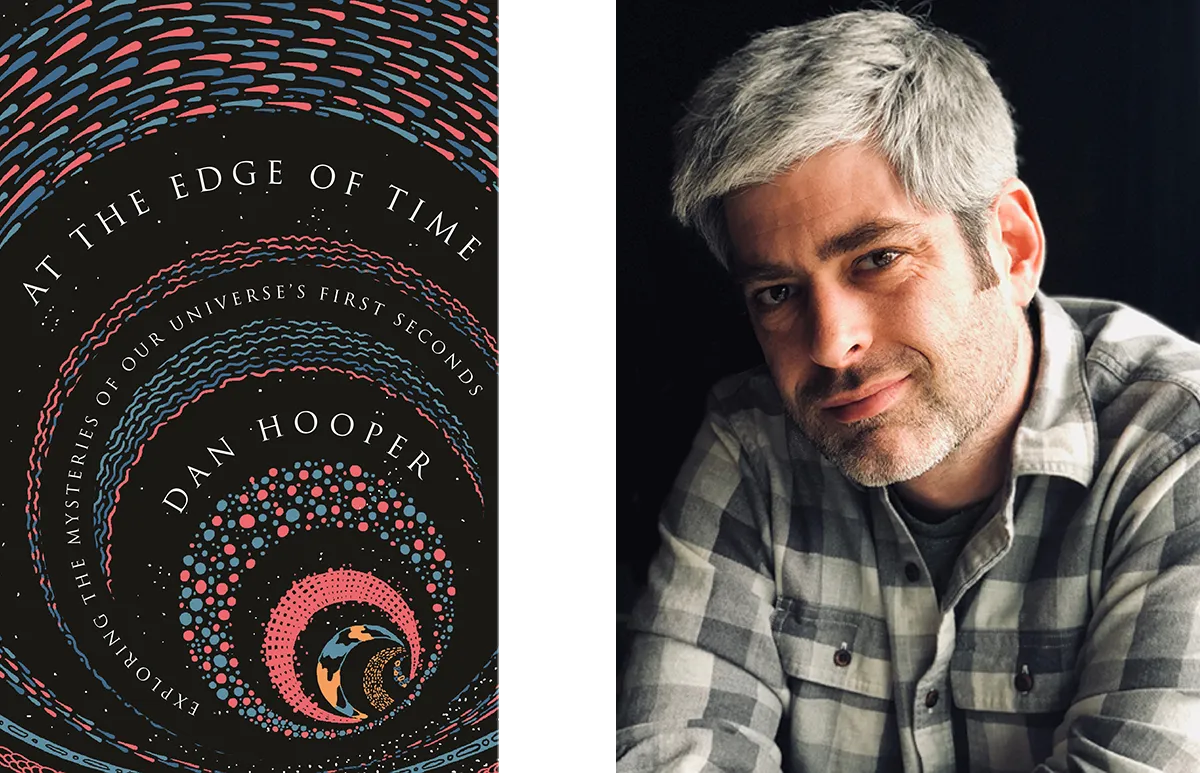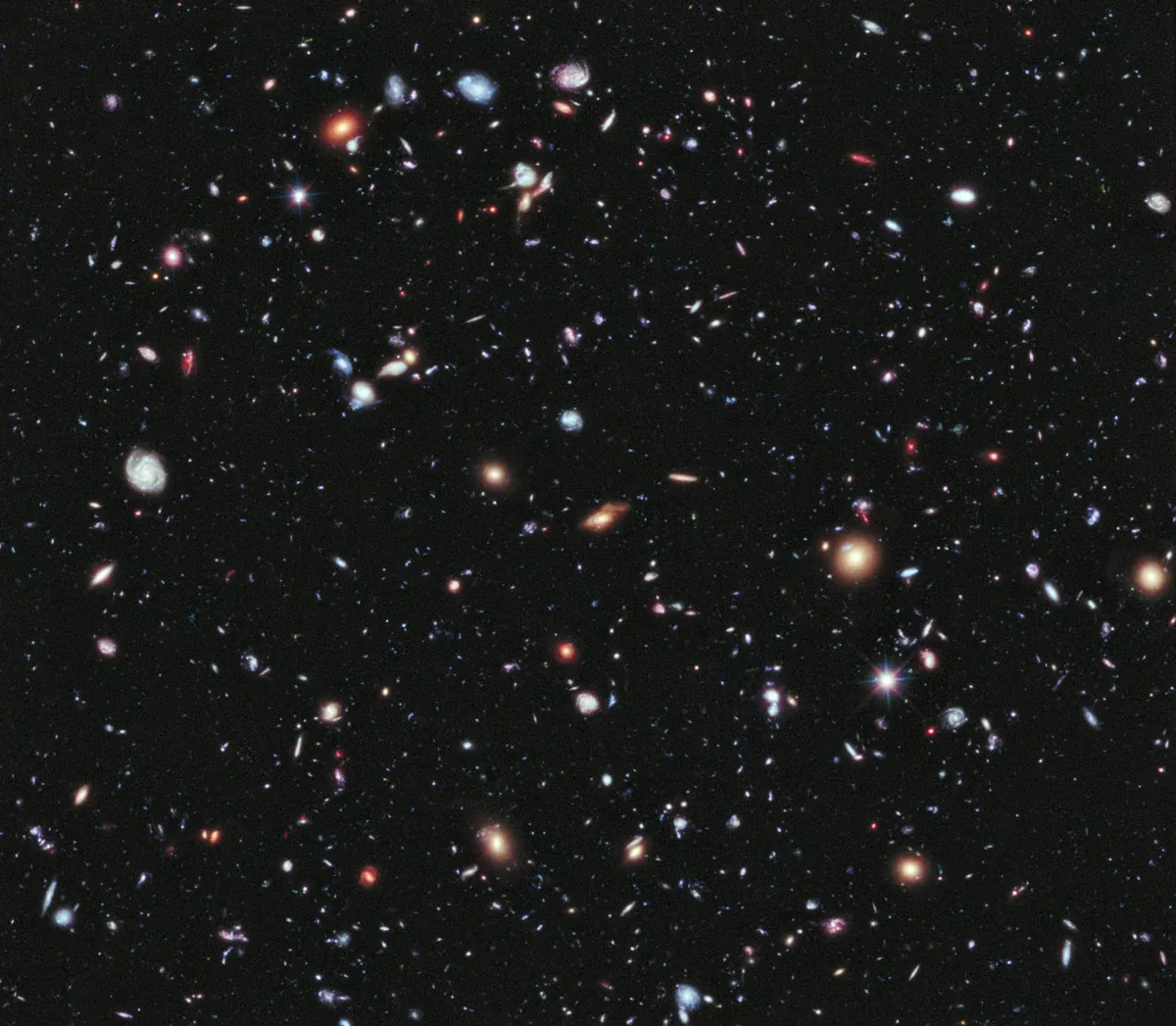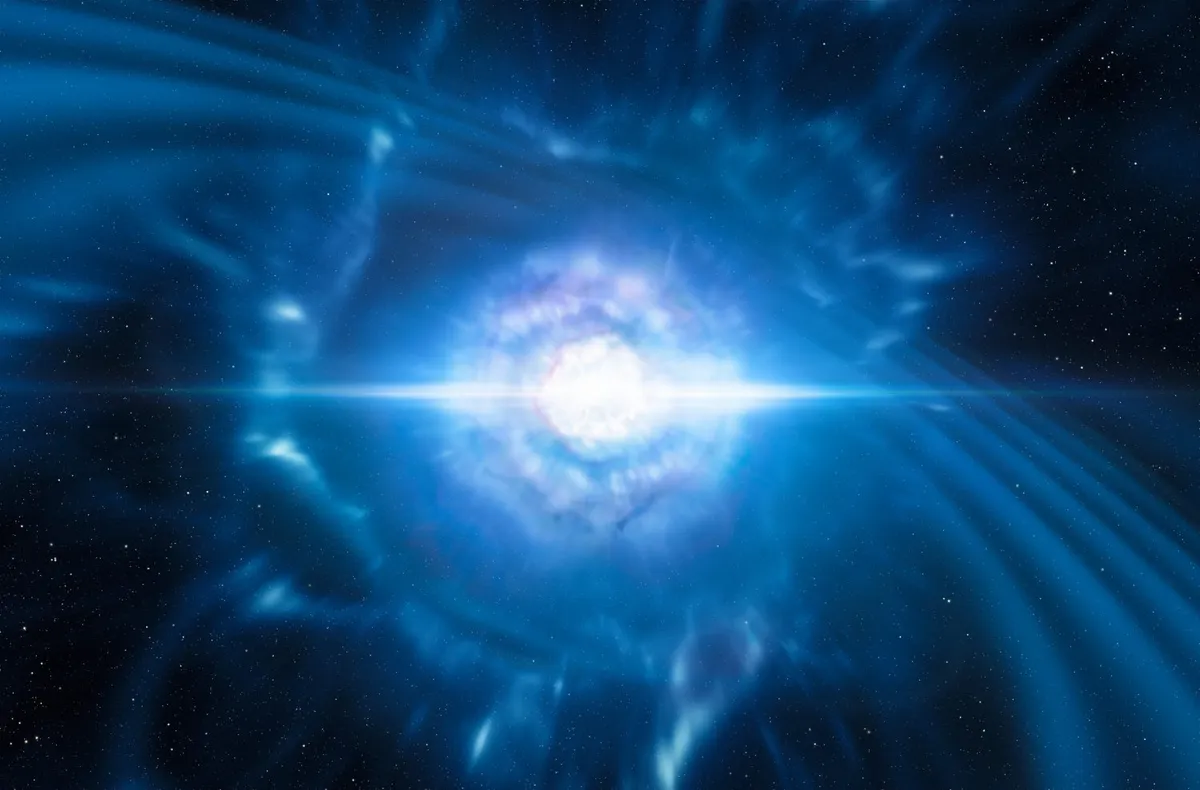The Universe is 13.8 billion years old. And while astronomers can peer into the distant cosmos and observe ancient light to effectively look back in time, how much do we actually know about those first moments after the Big Bang?
How did the first stars form? Was there a 'before' the Big Bang? How will it end?
Professor Dan Hooper is head of the Theoretical Astrophysics Group at the Fermi National Accelerator Laboratory and professor of astronomy and astrophysics at the University of Chicago.
His latest book At The Edge of Time tells the story of the early Universe, from just a few seconds after the Big Bang to our current knowledge of gravitational waves and dark matter, and how scientists have managed to piece together at least some of the puzzle.
We spoke to Professor Hooper to find out more about the story of our incredible Universe.
For more cosmology, read our guides to nuclear pasta, spacetime, supersymmetry and antimatter.

How is it possible to know what happened so soon after the Big Bang?
From a few seconds after the Big Bang to the present, we have a lot of relevant observations and measurements to work with, and this collection of data leaves us confident that we understand this portion of our Universe’s history reasonably well.
But as we go back farther in time – into the first seconds and fractions of a second after the Big Bang – we no longer have any direct observations to rely on.
Instead of observing this period of time, we are forced to learn about it by recreating the conditions of the Big Bang in particle accelerators.
In these machines, we study how matter and other forms of energy behave at incredibly high temperatures, such as were found throughout our Universe as early as a trillionth of a second after the Big Bang.
In other words, we recreate a microcosm of the Big Bang here on Earth.
When and how did the first stars and planets form?
The formation of the first stars – what we call “Cosmic Dawn” – occurred around 200 million years after the Big Bang.
These stars were very big and hot, and they evolved very quickly compared to most modern stars.
Our Sun and the planets that make up our Solar System formed nine billion years later. In cosmological terms, we’re latecomers to our universe.

Could we ever know what happened before the Big Bang?
As we conventionally understand our Universe, there really is no thing as before the Big Bang.
Asking what happened before the Big Bang is like asking what lies north of the North Pole – there just isn’t anything that those words in that order represent.
In the traditional Big Bang framework, time along with space came into existence with the Big Bang – they didn’t exist beforehand.
That being said, there is so much that we don’t know about the very early Universe that I think it would be wise for us to keep an open mind about this kind of thing.
It would not at all surprise me if cosmologists 30 years from now answer this kind of question very differently from how we do today.
What is antimatter, and how do we know it exists?
Using particle accelerators and other kinds of experiments, physicists have found that for every kind of matter, there is a corresponding form of antimatter.
Along with electrons, for example, there exist positrons, which are just like electrons but with positive instead of negative electric charge.
Quarks are mirrored by antiquarks, neutrinos by antineutrinos, and so on.
As far as we know, whenever matter is created, it is created along with an equal amount of antimatter.

What are the big experiments that will help us answer these questions?
There are many planned experiments and observations that I’m excited about.
Over the next 10 years or so, we’ll measure in much greater detail the light that was released 380,000 years after the Big Bang, during the formation of the first atoms.
This light has the potential to tell us more about the era of cosmic inflation – a brief period in the extremely early Universe during which space underwent a burst of hyperfast expansion.
In the somewhat longer run, we hope to deploy a series of satellites that could potentially detect gravitational waves from the Big Bang.
These gravitational waves are ripples in the very fabric of space and time.
Looking even farther into the future, I hope that one day we directly detect and measure the neutrinos that were produced in the first second after the Big Bang.
How will the Universe end?
Yes, but we can’t be entirely sure that those predictions will turn out to be correct.
From what we currently understand, it seems that our Universe will expand forever.
As this goes on, our Universe will become less dense and more cold.
Ultimately, any usable energy will be exhausted, and our Universe will become increasingly cold and empty – a cosmic wasteland.
At The Edge of Time is published by Princeton University Press.
